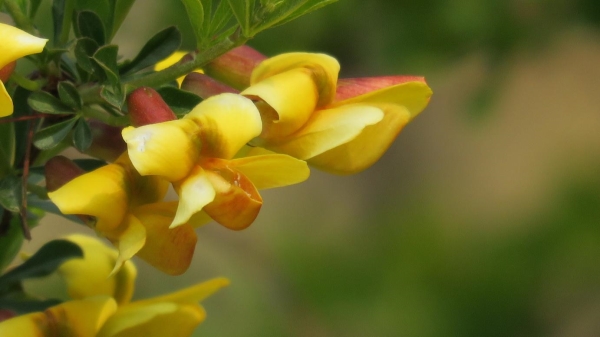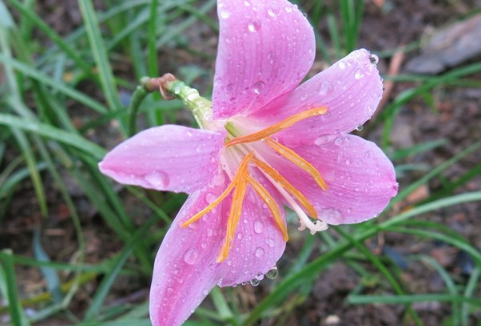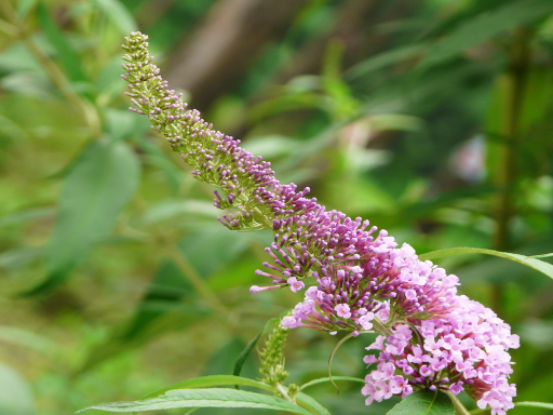Key Points of Conservation of Caragana
Caragana loves light, so put it in a sunny place. It is best to choose sandy soil with good drainage and fertile soil.

Have you learned the modeling method of Caragana bonsai? Caragana shape is mainly to be alone in the Qiu branch, the posture of quaint for the best, can also be made into branches and leaves profusion drooping trend; or lift the root to show its old state, in order to achieve the effect of beautiful flowers.
Key points of cultivation of Caragana
Caragana, also known as yellow broom, broom and so on, there are more than 40 species in our country. Caragana is not only ornamental or as a hedge, its flowers are also edible, the economic value is relatively high. Caragana has strong adaptability and is often born in sunny places on hillsides and in thickets, so it is not difficult to cultivate artificially.
Caragana
1. Lighting management
Broom plum likes the semi-shady environment, which can give plenty of sunshine in autumn, winter and spring, but it should be shaded by more than 50% in summer. Put in indoor maintenance, as far as possible in places with bright light, such as well-lit living room, bedroom, study and other places. After indoor maintenance for a period of time (about a month), it should be moved to an outdoor place with shade (heat preservation in winter) for a period of time (about a month), so alternately.
II. Fertilizer and water management
For potted broom plum, in addition to adding organic fertilizer when potting, proper fertilizer and water management should be carried out in the usual maintenance process.
Third, bonsai production
Caragana is mainly produced in northern, central and eastern China, and is also distributed in the southwest. It has a long history to make bonsai materials.
Key points of maintenance of flowers and trees in spring, winter and summer
It should be watered timely according to the changes of season and weather. Watering around noon is most avoided in hot summer, because at this time the soil temperature is high and the temperature difference between the soil temperature and the water temperature is large. At this time, watering will suddenly reduce the soil temperature, and the roots of flowers and trees will be stimulated by low temperature, which will immediately hinder the normal absorption of water. So hot weather should be watered before 10:00 in the morning or after 05:00 in the evening. On the contrary, in the zone where there is no permafrost in winter, the flowers and trees cultivated in the open field should be watered around noon in winter. It is better to be watered after 10:00 in the morning to 04:00 in the afternoon in spring and autumn.
The vast area north of the Yellow River Basin in China is cold in winter. Before the soil freezes, all cultivated flowers and trees should be watered with "frozen water" to maintain soil moisture and make flowers and trees survive the winter safely. At the beginning of soil thawing in early spring, we should also irrigate enough "green water" in time to promote the germination of flowers and trees.
What kind of water is most suitable for flowers and trees? In theory, it is best to have the ability to collect Rain Water and snow water, especially Rain Water, who is a thunderstorm. Rain Water contains nitrogen that can be absorbed by plants due to the electrochemical effect of discharge. However, due to environmental pollution, the emergence of acid rain, plants in frequent areas have been seriously harmed, so Rain Water and snow water in seriously polluted areas can not collect and water flowers. Seriously polluted river pond water and highly mineralized groundwater should not be used to water flowers. Household rice panning water, salt water and spicy water with grease can not water the flowers. In general, watering flowers with tap water or potable well water is both convenient and safe.
Before watering the flowers with tap water or potable well water, you should bask in the water 1 / 2 days in advance. The advantage of doing so is to volatilize the chlorine in the tap water and raise the water temperature. Especially when indoor flowers and trees are watered in winter, the water temperature should be kept consistent with the room temperature so that the flowers and trees will not be hurt. For example, cuckoos bloom during the Spring Festival, adding to the festive atmosphere, but cuckoos have slender roots and are very sensitive to changes in soil temperature. if they are directly watered with undried tap water, they will easily cause fallen leaves and flowers.
I. requirements of flowers and trees on soil acidity and alkalinity
It is commonly said that saline soil contains higher chloride and sodium ions; alkaline soil contains higher calcium and magnesium ions and less hydrogen ions; acidic soil contains higher hydrogen and iron ions, but less calcium and magnesium ions. Most of the soils in the north of China are neutral alkaline, some are saline-alkali soil, while the soils in the south are neutral and acidic, and some of them are strongly acidic. This has a great impact on the selection and cultivation of flowers and trees, but for potted flowers and trees, because there are all kinds of special flower cultivation substrates on the market, the selection of flowers and trees is not restricted by the region.
In order to scientifically define the acidity and basicity of soil, the index of hydrogen ion content in soil (pH) is used to express the acidity and basicity of soil. Neutral soil when pH = 7, alkaline soil when pH > 7, pH 8.5 or pH value.
- Prev

Propagation method of leek lotus
The bulb propagation of leek lotus can be carried out in spring or autumn. First, the bulb root is dug out and separated from the mother plant. The bulb root is replanted in the culture soil, watered thoroughly at one time, and kept in a cool place. After a week, you can bask in the sun more to ensure adequate moisture and nutrients.
- Next

Breeding method of buddleja
We usually use three propagation methods, container seedling propagation, hardwood seedling propagation and cuttage propagation. 1. Container seedling container seedling, usually we choose to seedling in spring, peat, decomposed sheep dung, fine sand according to the ratio of 2:1:1 evenly mixed, disinfected into the hole plate or nutrition bag
Related
- Fuxing push coffee new agricultural production and marketing class: lack of small-scale processing plants
- Jujube rice field leisure farm deep ploughing Yilan for five years to create a space for organic food and play
- Nongyu Farm-A trial of organic papaya for brave women with advanced technology
- Four points for attention in the prevention and control of diseases and insect pests of edible fungi
- How to add nutrient solution to Edible Fungi
- Is there any good way to control edible fungus mites?
- Open Inoculation Technology of Edible Fungi
- Is there any clever way to use fertilizer for edible fungus in winter?
- What agents are used to kill the pathogens of edible fungi in the mushroom shed?
- Rapid drying of Edible Fungi

